There is a unique kind of grief that comes along with being the parent of a child with special needs. For me, the grief comes in waves, sometimes threatening to overtake me while at other times ebbing and allowing me the chance to breathe. 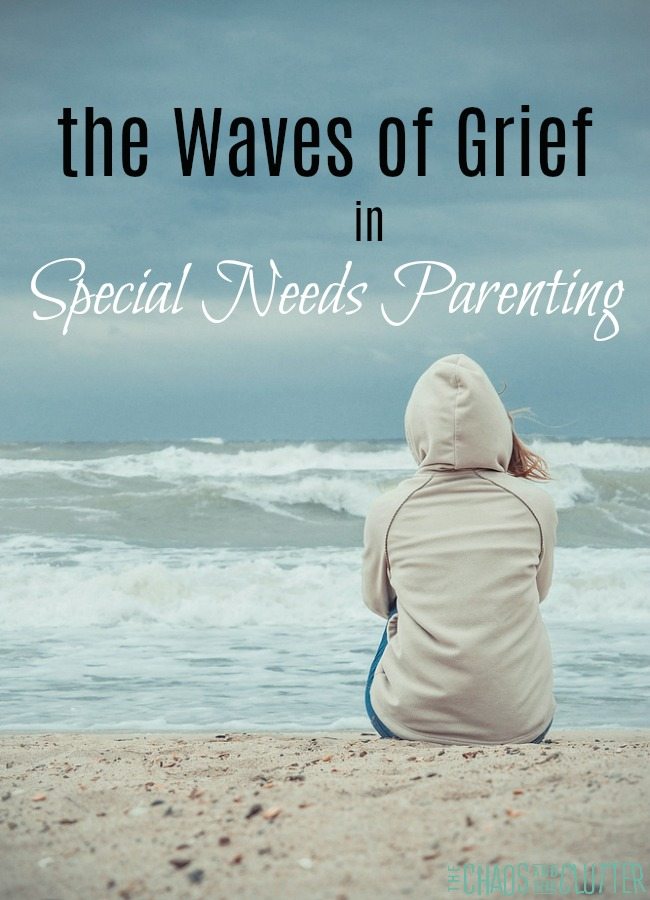
Maybe you find yourself feeling this grief too. You may feel guilty for the conflicting feelings you have. I want you to know that it’s okay to grieve.
Before you had your child, you probably had an idea of what it would be like to watch them grow up. Maybe you imagined being at their baseball games cheering from the sidelines or pictured moments snuggled up on the couch together reading a favourite story. You may even have projected things far in advance such as their wedding day or high school graduation. No doubt you also imagined what you would be like as a parent and what you would teach your child.
The dreams you had and the vision in your mind of what your family would be like probably looked quite different from how the average day plays out in your home.
And while normally, I am here to give you tools to help you better meet your child’s needs or better understand them and I’m here to help you champion your child, today, I’m here to say that it’s okay to grieve for what you thought would be and isn’t.
Do any of these apply to you?
- your child’s behaviours sometimes have you in tears
- you question your ability to adequately meet their needs
- you’ve received a diagnosis for your child
- your child rejects you
- you feel like your friends with “neuro-typical kids” just cannot understand
- you feel isolated or alone
- your home is more chaos than peace
- you sometimes think about the dream you used to have for your child
- you think about “before” your child’s illness or diagnosis and feel sadness
I need you to know that feeling these things does not make you a terrible parent. These feelings do not make you an awful person. It makes you human. It is normal to grieve the loss of something. Having a child who struggles is the loss of the dream of how you thought things would be. It’s okay to grieve that loss.
To be clear, grieving the child you thought you would have does not mean that you do not love the child that is.
Give yourself the time, space and care to be able to grieve what is a very real loss. That means allowing yourself to cry, talking to others who do understand (find those who have walked this road themselves), self-care, self-care, self-care, and possibly even going to therapy to help process and work through your emotions.
The grief doesn’t end. It comes in waves. Sometimes I’m fine for months, and then BAM, I’m a puddle of tears in the fetal position on my bathroom floor holding a chocolate bar!
Seeing my daughter grieving her hearing loss, my son not having friends to invite to his birthday party, even something like reading the posts of friends on Facebook can ignite my grief anew. The waves can build up over time or swell quickly spurred on by an event or milestone. 
I used to feel so guilty for these feelings. I felt like I had no right to be feeling sad myself when my child was the one being directly affected by their challenges.
But then I came to accept that it’s okay to acknowledge those feelings and to really feel them. It’s okay to admit that my dreams need to be different now. It’s okay to grieve.
Of course, it’s also important to push through and find those new dreams and new ways to create joy in your life and your child’s life. It’s about balance. You’re not going to be any good to anyone if you are crumpled on your bathroom floor clutching a chocolate bar every single day, but your family will survive if you go for a drive and have a good cry once in awhile.
If you’re looking for support or information, join me for a free 5 part email series, Little Hearts, Big Worries offering resources and hope for parents.
You may also want to read:
Special Needs Mama, You Are Amazing!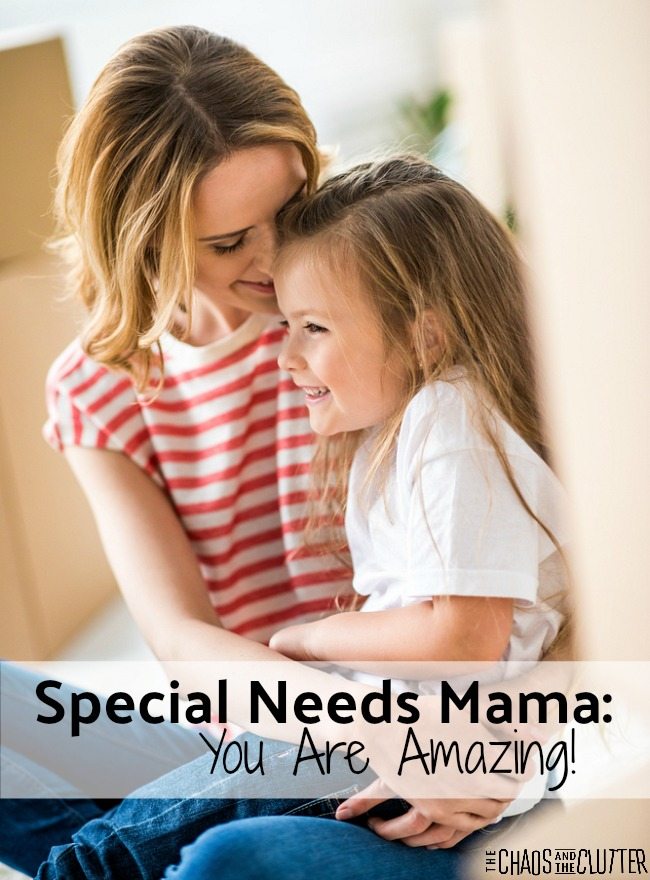
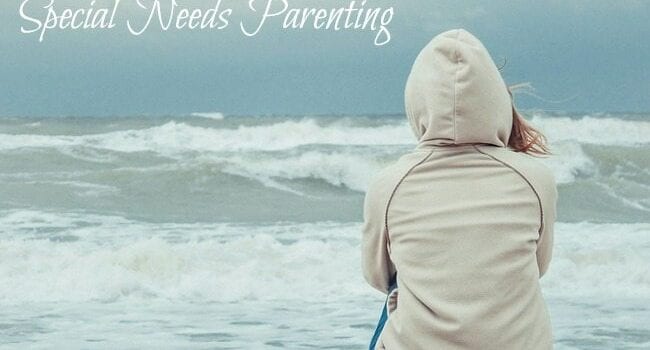
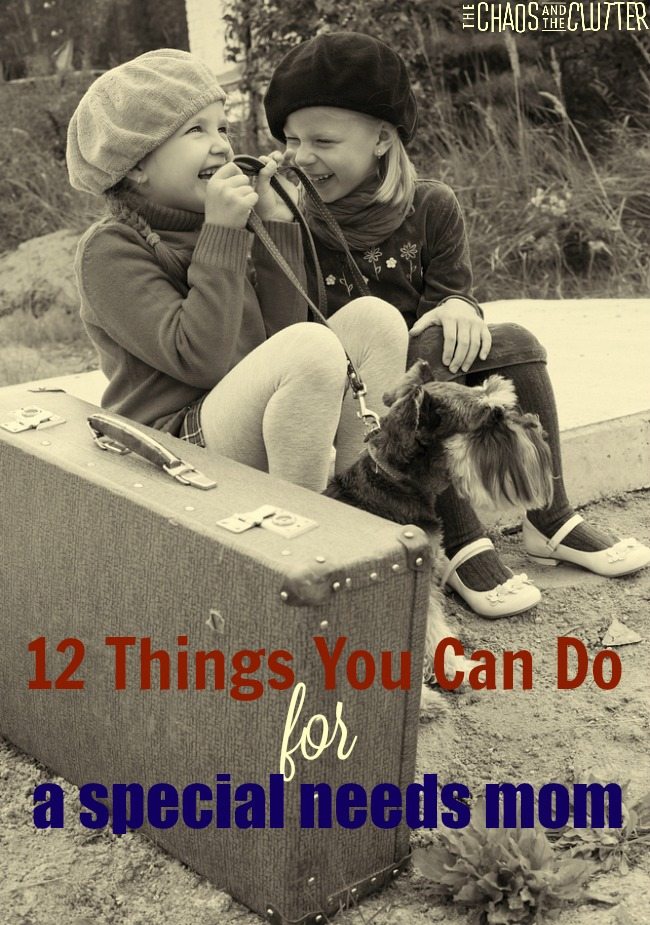
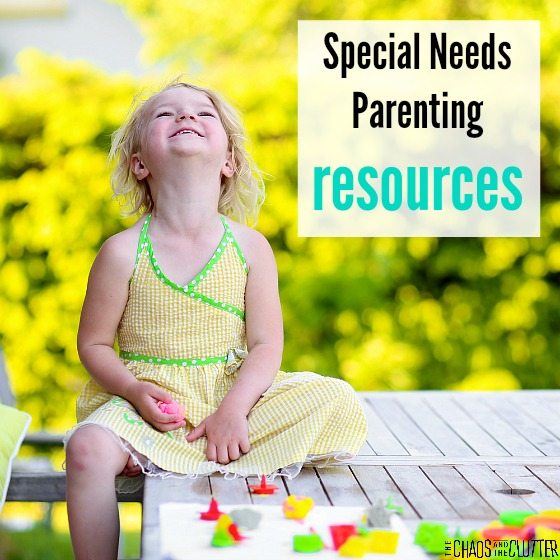

 Please remember that I am not a therapist or official expert in the field of Reactive Attachment Disorder. I am a mom. Two of my kids happen to have the diagnosis. This article is based on the current research into the treatment for RAD as well as my personal experience. I have not tried everything on this list.
Please remember that I am not a therapist or official expert in the field of Reactive Attachment Disorder. I am a mom. Two of my kids happen to have the diagnosis. This article is based on the current research into the treatment for RAD as well as my personal experience. I have not tried everything on this list.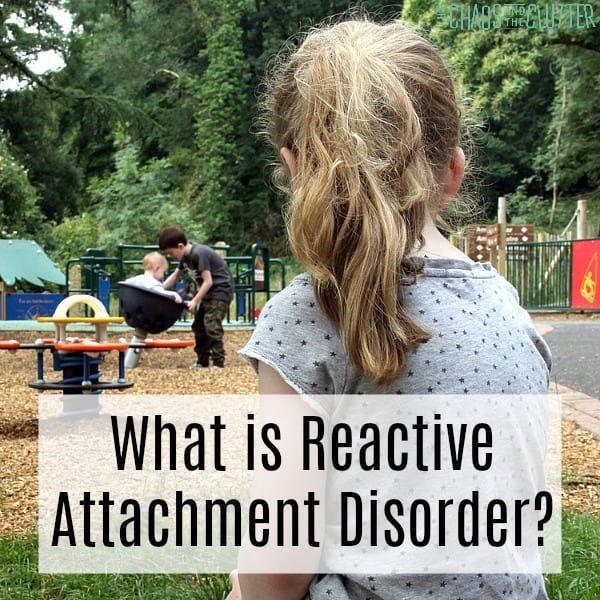
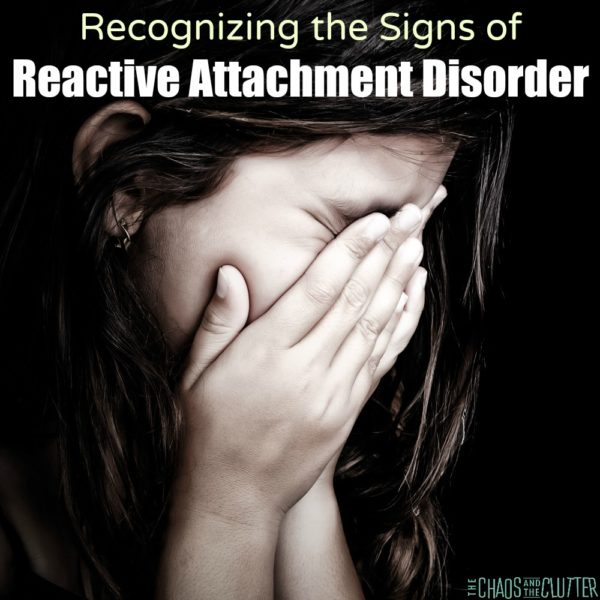
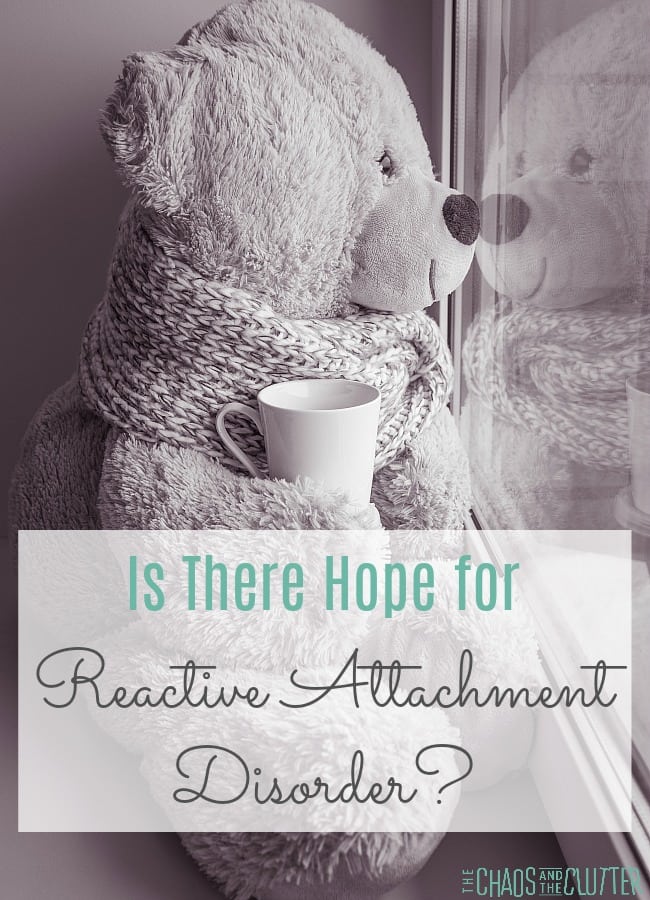
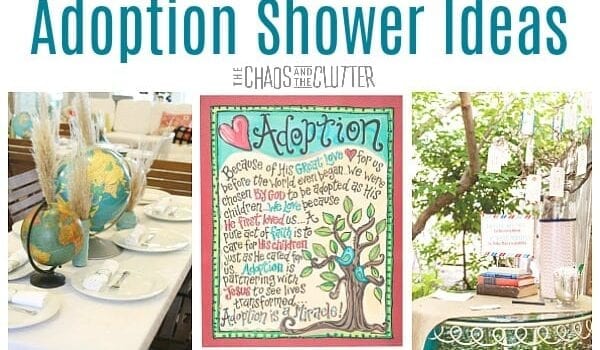
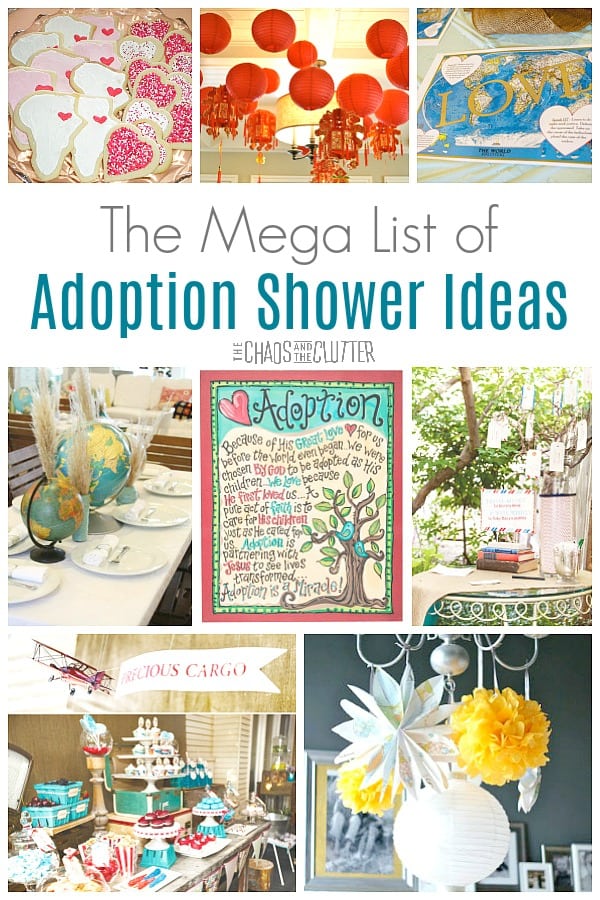
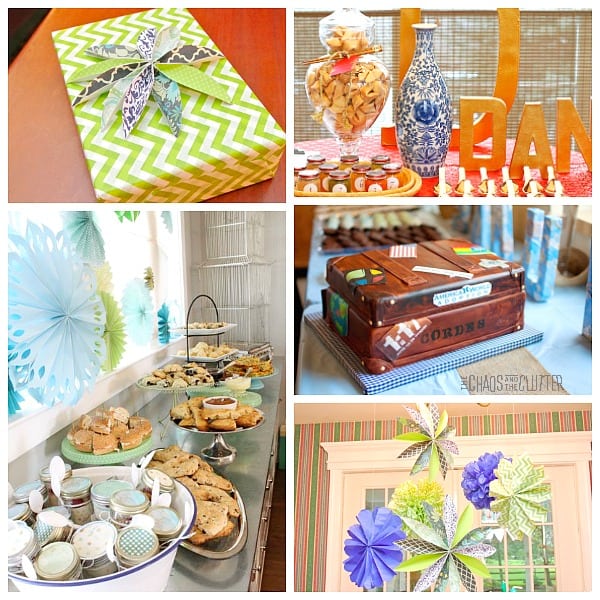













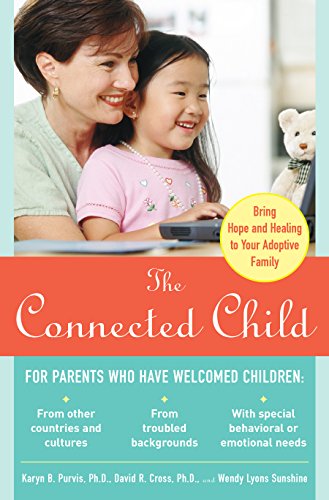














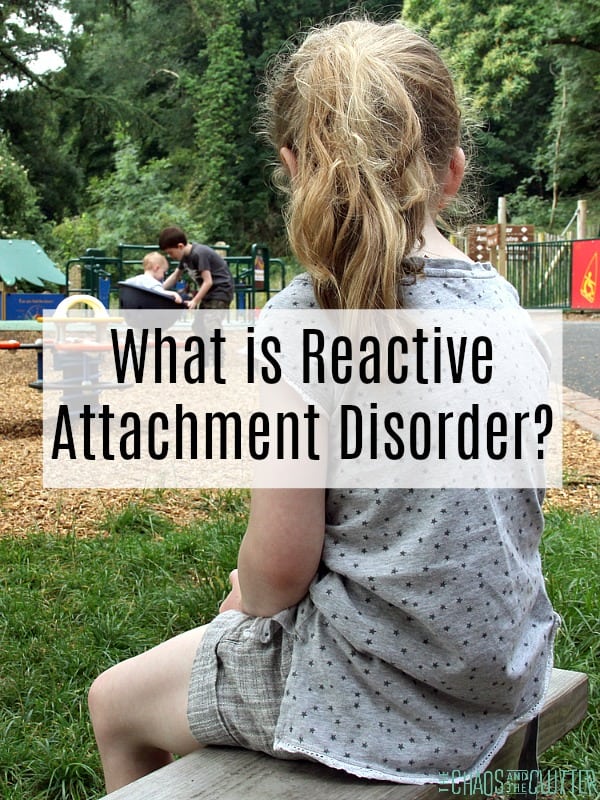 She encouraged us to stick it on surfaces such as a blanket or clothing where it would pick up lots of gunk or on the floor where it would pick up pieces of dirt as well as sticking it to smooth surfaces such as a table.
She encouraged us to stick it on surfaces such as a blanket or clothing where it would pick up lots of gunk or on the floor where it would pick up pieces of dirt as well as sticking it to smooth surfaces such as a table.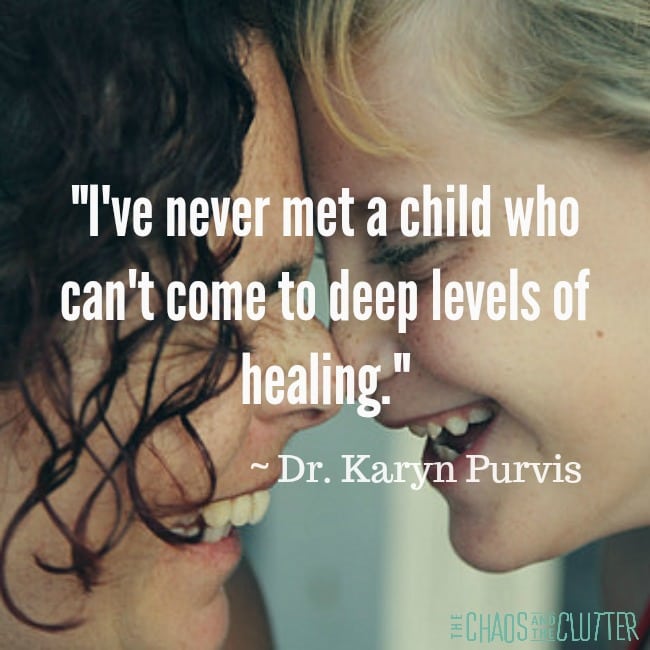
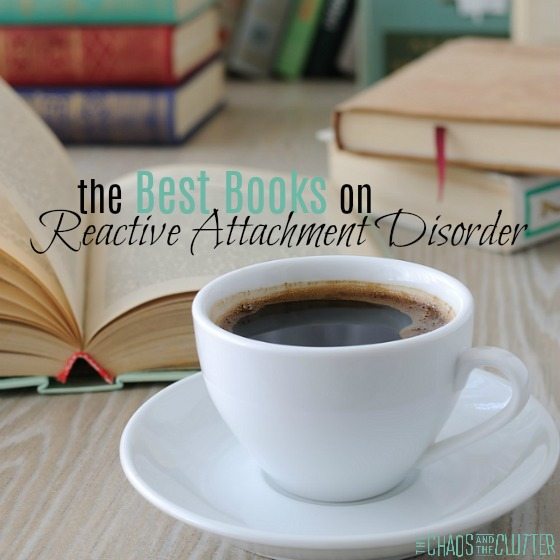
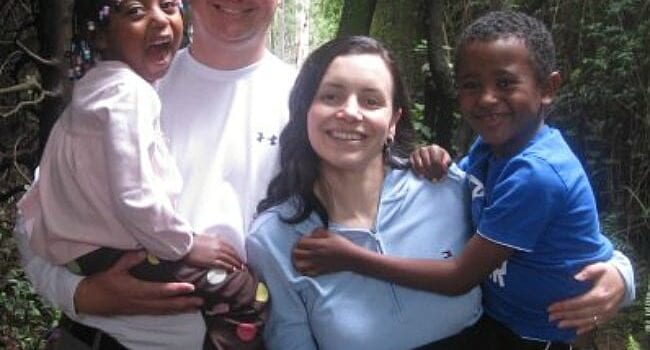
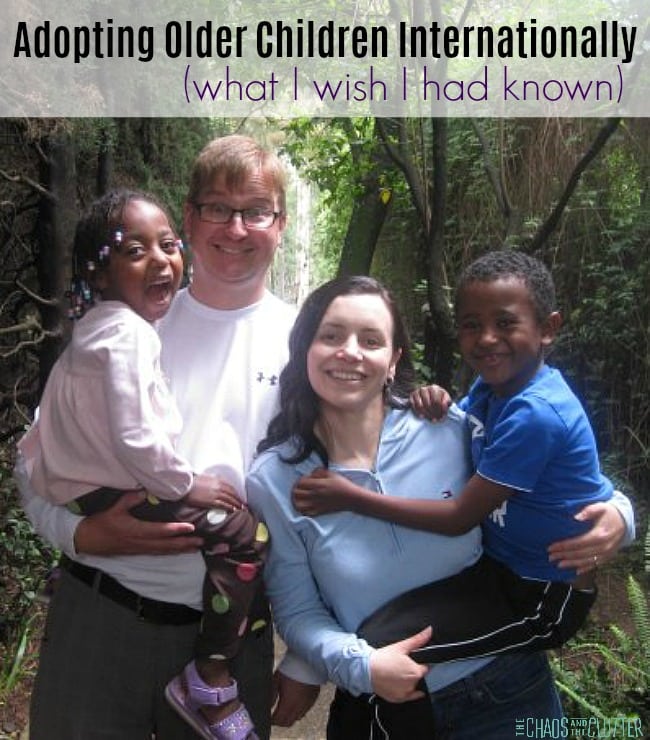 In a lot of ways, things did not go very well. Do you see the truth behind the picture above? Look closely into our overtired, overwhelmed faces.
In a lot of ways, things did not go very well. Do you see the truth behind the picture above? Look closely into our overtired, overwhelmed faces.

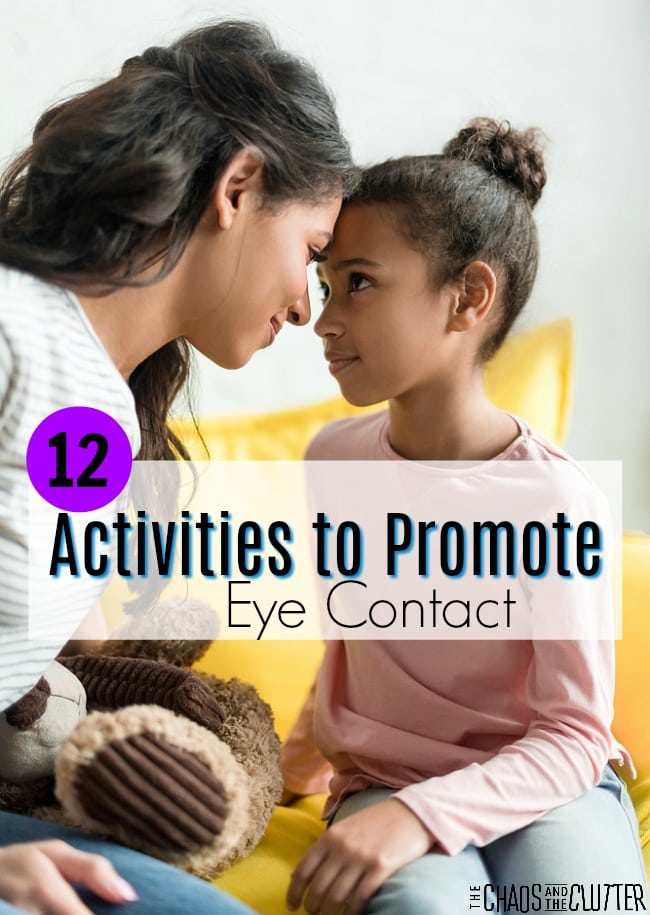
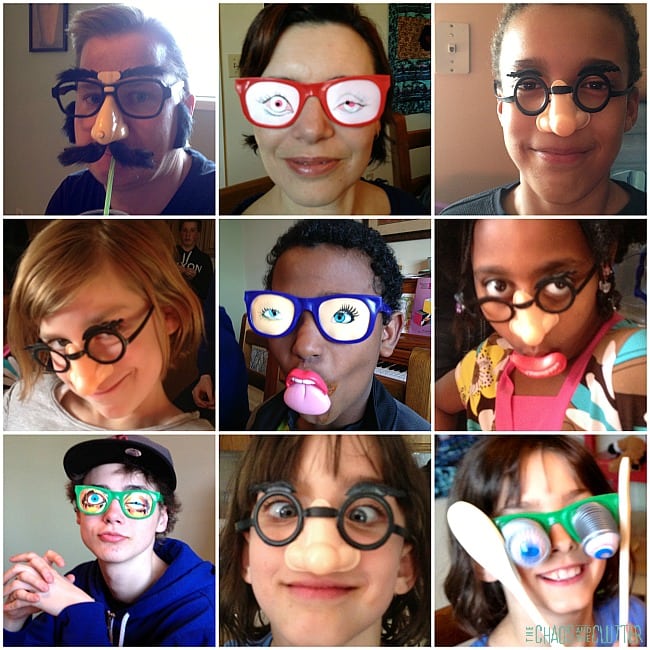 Those pictures above are from a
Those pictures above are from a